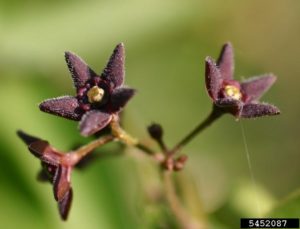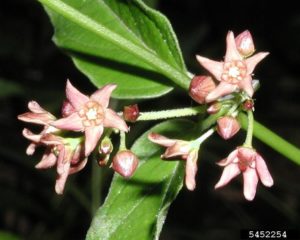Gregory Ibach has been appointed USDA Under Secretary of Agriculture for Marketing and Regulatory Programs. He will supervise APHIS.
Mr. Ibach has strong ties to mainstream agriculture. A fourth-generation farmer (cow-calf and rowcrops), he has served as Nebraska’s Commissioner – or Deputy – of Agriculture under three governors – since 1999. His academic background is animal science and agricultural economics.
Mr. Ibach’s nomination was supported by 60 organizations, including the Farm Bureau, National Cattlemen’s Beef Association, and National Corn Growers.
The Senate Committee on Agriculture, Nutrition & Forestry held a very friendly hearing on Mr. Ibach’s appointment on October 5, 2017 2017 (video posted at the Committee website) During the hearing – which was shortened by the need to attend to other Senate business – Senators’ attention focused on the farm conservation programs managed by the other nominee at the hearing (William Northey, nominee for Undersecretary for Farm and Foreign Agricultural Services). In response to several questions about marketing programs, Mr. Ibach said he needed to learn more about an issue.
In his formal testimony, Mr. Ibach noted the breadth of responsibilities under the jurisdiction of the Under Secretary for Marketing and Regulatory Programs and promised to find a balance between the two duties: representing and promoting the interests of farmers and ranchers; and overseeing some of the entities that regulate them. (Written testimony posted on Committee website — link above.)
“If confirmed, I will help the Secretary achieve his goals through ensuring sensible and effective regulations, responding to our customers in a timely and straight forward manner, focusing on plant and animal health program effectiveness, and fostering safe innovation that is farmer, consumer and environmentally sound.”
I summarize key points of the hearing below.
Committee Chairman Pat Roberts (R-KS) noted that foreign animal disease threats – such as avian influenza – have threatened agricultural production and asked what Mr. Ibach’s priorities would be for safeguarding animal health. Mr. Ibach said he takes very seriously APHIS’ responsibilities to keep diseases and pests out of the country and to control those that enter. He promised to learn about every program.
Ranking Democrat Debbie Stabenow (D-MI) asked Mr. Ibach about budgetary pressures. He responded by saying he would commit to doing the best job possible with available funds and to pursue efficiencies.
Amy Klobuchar (D-MN) was also concerned about disease threats to Minnesota’s large-scale turkey and hog producers.
John Hoeven (R-ND) pressed Mr. Ibach to find a solution to blackbirds as a threat to agriculture. Mr. Ibach said they are a problem in Nebraska, too. He promised to seek a “balanced” approach that preserved wildlife “when appropriate” while protecting farmers from destruction and disease threats.
Senator Leahy (D-VT) submitted questions pertinent to our concerns about tree-killing pests. Noting that Mr. Ibach had spoken about the pest threat to farmers, ranchers, and producers but had made no mention of the forest pests, Senator Leahy asked:
- What familiarity do you have with APHIS’ work to keep out invasive forests pests that threaten our nation’s forests and the rural jobs and economy those forests support?
Mr. Ibach replied: I am familiar with the work that APHIS does in partnership with states to keep out and eradicate forest pests. In fact, in Nebraska, we have been working closely with APHIS prior to and since Emerald Ash Borer was found in the state for the first-time last year. These pests can absolutely devastate our forests, and if confirmed, I would work to make sure that APHIS’ pest programs, including those to protect the green mountains of Vermont, are effective.
- Can you tell me how many wood and tree pests APHIS inspectors find every year, which theoretically should not have made it to our shores if importers were using the best available processes and phytosanitary practices to keep American agriculture and natural resources safe? And do you commit to looking into this issue and finding ways to safeguard both American agriculture and our natural resources?
Mr. Ibach replied: I do not have that data, but commit to learning more and working every day to protect American agriculture and natural resources if confirmed.
Senator Roberts said that the Committee would act soon to approve the nominations of Gregory Ibach and William Northey.
The Under Secretary for Marketing and Regulatory Programs sets the tone for APHIS’ efforts. This person can prompt aggressive protection efforts … or block such efforts by opposition or indifference. Let’s hope that Mr. Ibach plays the former role!
Posted by Faith Campbell
We welcome comments that supplement or correct factual information, suggest new approaches, or promote thoughtful consideration. We post comments that disagree with us — but not those we judge to be not civil or inflammatory.




